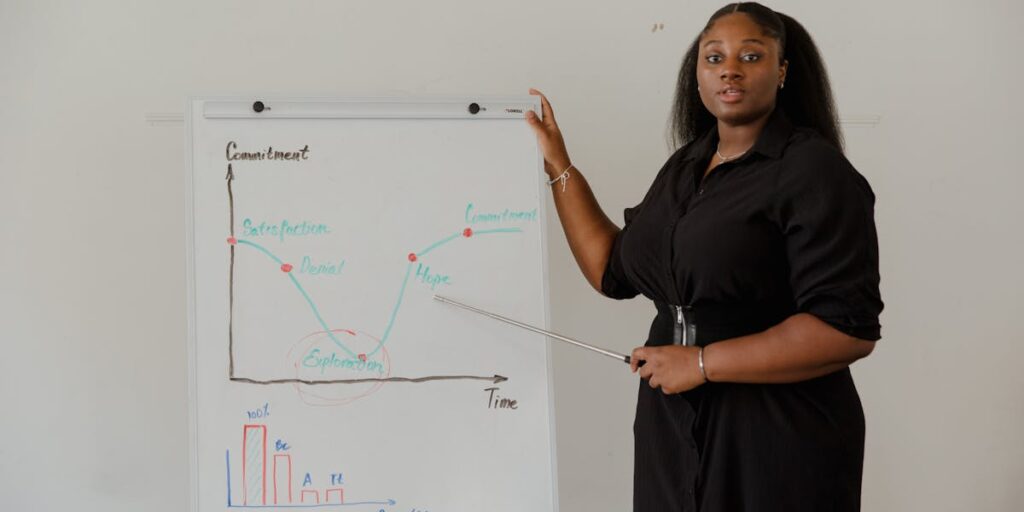Programme Code: MSO
Course Code: MSO-001
Assignment Code: MSO-001/AST/TMA/2024-25
The Relationship Between Theory and Paradigm
In the study of history and other subjects, “theory” and “paradigm” are important terms that help us understand how people think about the world. Let’s break down these concepts in simple language so that it’s easy to understand.
What is a Theory?
A theory is an explanation of something that happens in the world. It helps us understand why things work the way they do. For example, if we want to understand why empires rise and fall, historians might come up with a theory that explains the reasons. Theories are based on evidence and facts, but they also involve ideas and opinions about how these facts fit together.In history, a theory might explain why a particular event happened, such as the fall of the Roman Empire. Some historians might create a theory that says the empire collapsed because of invasions, while others might have a theory that blames economic problems. Both of these are different theories explaining the same event.
What is a Paradigm?
A paradigm is a bigger idea that influences how we see the world. It’s like a lens through which we view things. Paradigms shape our thinking, often without us even realizing it. In history, a paradigm could be a way of understanding or interpreting events that most historians agree on at a certain time.For example, in the past, many historians believed that kings and queens were the most important figures in history. This was a paradigm, a general way of looking at history. But later, historians began to change their focus to common people, workers, and social movements. This shift in focus represents a change in the paradigm of how historians viewed history.
The Relationship Between Theory and Paradigm
The relationship between theory and paradigm is that paradigms influence the kinds of theories we create. A paradigm sets the stage for what kinds of theories are considered acceptable or important at a given time.For example, if the paradigm is that kings and queens are the most important people in history, then historians will create theories that focus on how these rulers shaped historical events. However, if the paradigm shifts to focusing on everyday people, the theories will also change to explain how workers or common people influenced history.A theory can sometimes challenge a paradigm. For instance, a historian might come up with a theory that shows how ordinary people played a bigger role in history than previously thought. If enough historians agree with this new theory, it might lead to a change in the paradigm.
Changing Paradigms
Paradigms can change over time, and when they do, it’s a big deal. When a new paradigm takes over, it can change how we think about many different events or subjects. This is called a “paradigm shift.”An example of a paradigm shift in history is how people used to think the Earth was the center of the universe. This was the paradigm for centuries. But when scientists like Copernicus and Galileo came up with theories that said the Earth revolves around the sun, this led to a paradigm shift. People had to change how they understood the universe.
Conclusion
In summary, theories and paradigms are closely related. A theory is an explanation for something, while a paradigm is the broader framework that shapes how we think about things. Paradigms influence the kinds of theories people create, but sometimes new theories can change paradigms. Understanding the relationship between theory and paradigm helps us see how knowledge develops and changes over time.




